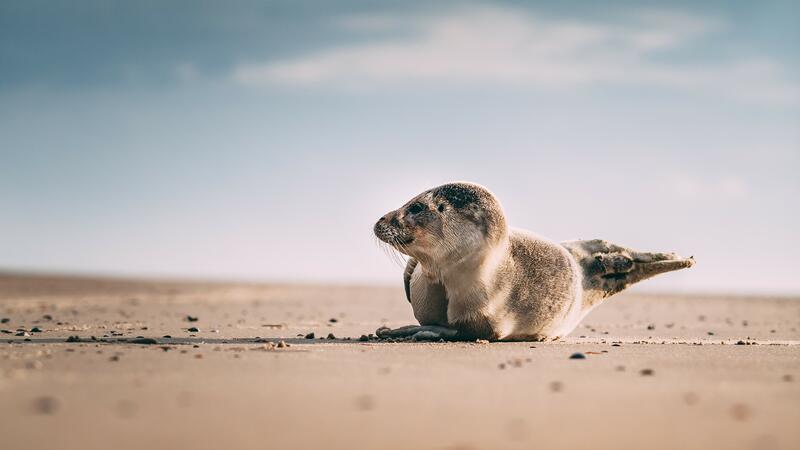New Wadden Sea Seal Management Plan for 2023-2027 completed

Harbour seals are one of the most iconic species in the Wadden Sea and among the top predators in this dynamic ecosystem. Their protection is regulated by the Agreement on the Conservation of Seals in the Wadden Sea (Wadden Sea Seal Agreement; WSSA) which came into force in 1991. The aim of the agreement is to achieve and maintain a favourable conservation status for the Wadden Sea harbour seal population. In the framework of the Agreement a new Wadden Sea Seal Management Plan (SMP) for the period 2023-2027 has now been adopted.
At present, the harbour seal population is regarded as viable, although natural disease outbreaks may reduce the population size at regular intervals. However, a variety of human activities have the potential to negatively affect the populations. The Seal Management Plan (SMP) is an instrument of the WSSA, providing conservation and management recommendations for the seal population based on the latest scientific knowledge. The SMP contains a comprehensive set of actions on research and monitoring, taking of seals, habitat protection, pollution, and the increase of public awareness which are or are to be undertaken by the three Wadden Sea states to achieve the goals of the WSSA. It is an essential instrument that seeks a balance between conservation and economic development and management of the area.
Every five years the plan is revised to meet the ongoing as well as new challenge of protecting the seals of the Wadden Sea. In 2022, the Expert Group Marine Mammals, in collaboration with the Task Group Management and relevant management authorities, provided recommendations for a new management plan. This Seal Management Plan 2023-2027 has been adopted by the Wadden Sea Board in their 39th meeting (WSB 39) and will be guiding the work of the Trilateral Wadden Sea Cooperation with regard to seals for the upcoming five years.
While the grey seals are not covered by the WSSA, they are considered under the Seal Management Plan due to their increased abundance in the Wadden Sea in the past years.
